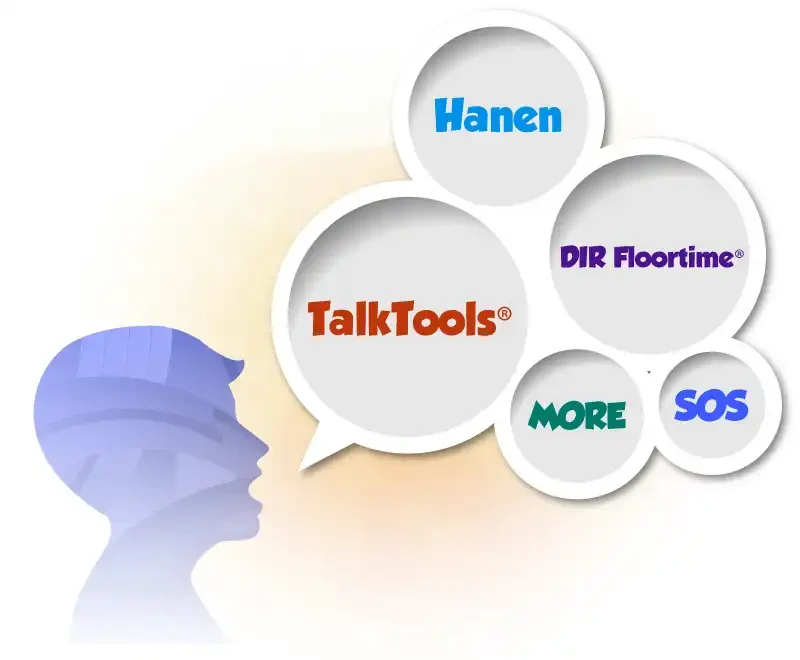Every child is different, and therefore we provide an individualized intervention plan. We maximize progress in speech, language and communication by combining the most recent evidence based research and treatment methods.

We maximise the child’s progress in speech, language and communication by combining the latest and most effective treatment methods. Our Speech-Language Therapists are trained and experienced in a variety of popular treatment modalities, which include:
- Hanen Programs
- It Takes Two To Talk
- More Than Words
- TalkAbility
- Social Thinking
- PECS (Picture Exchange Communication System)
- DIR Floortime®
- Sequential Oral Sensory (SOS) Approach to Feeding
- Lidcombe Program
- Nuffield Dyspraxia Program
- PROMPT
- TalkTools®
Key collaborations are important in the child’s therapeutic journey at Dynamics Speech. We strongly believe that parents and caregivers play a vital role in the success of the child’s therapy. They can provide support and reinforcement in learning when the child is at home. As such, we actively partner with the child’s parents and/or primary caregivers and support them through parent training, relevant resources and maintain regular and open communication throughout the child’s therapy.
We also ensure the child receives integrated care and support, if needed, through seamless and effective collaborations with Dynamics’ in-house multidisciplinary team of healthcare professionals.
Anthony is a 14 year old boy whose stuttering has been affecting his social interaction with peers at school. Anthony’s stuttering was characterized mainly by stutter blocks and facial twitches, which led to teasing from his peers. His parents were concerned and shared that Anthony was motivated to seek help to manage his stuttering.

When Anthony first started speech therapy, he was hesitant to engage in conversation with his speech therapist. After finding out about his interests and building rapport, Anthony gradually became more comfortable in engaging in conversation with his therapist. During therapy, Anthony’s speech therapist worked on his stuttering using the Camperdown Program to develop his own individualized fluency technique to manage his stuttering. In addition, his therapist also taught him other fluency-enhancing strategies to promote fluency in a generalized way.
Over several months of therapy, Anthony’s efforts paid off. His overall stuttering severity during conversation decreased as he began to use his fluency techniques more independently. His parents noticed an improvement in his overall fluency with less stutter blocks and facial twitches observed. Anthony is more confident in communicating with his peers at school as he is in control of his stuttering when he uses the fluency techniques.
Anthony’s success story demonstrates the importance of continued practice of fluency techniques in managing stuttering and the impact that a speech therapist can have on a child’s communication skills.
Note: The identities of the individuals mentioned in the success story have been altered to maintain confidentiality.